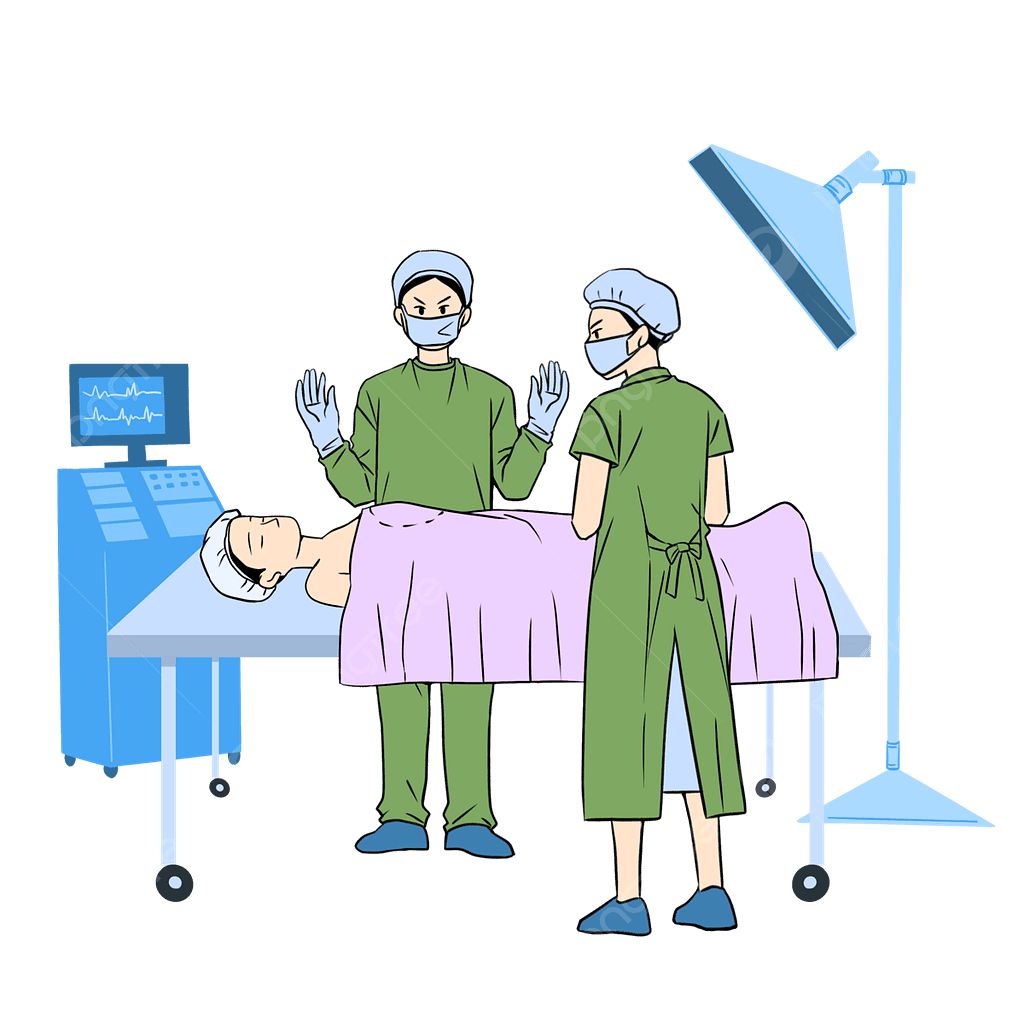Advancements in Surgical Techniques
Introduction:

Surgery has been a cornerstone of modern medicine, with techniques evolving over centuries to improve patient outcomes and minimize risks. In recent decades, rapid advancements in technology, coupled with innovative approaches, have revolutionized surgical procedures, making them safer, more precise, and less invasive. This article explores some of the most significant surgical techniques that have reshaped the landscape of modern healthcare.
Minimally Invasive Surgery (MIS)

Minimally invasive surgery techniques, such as laparoscopy and robotic-assisted surgery, have gained widespread acceptance in various surgical specialties. Unlike traditional open surgery, MIS involves smaller incisions, reducing trauma to surrounding tissues, minimizing blood loss, and accelerating recovery times. Robotic systems, with their enhanced dexterity and precision, allow surgeons to perform complex procedures with greater accuracy, leading to improved patient outcomes.
Image-Guided Surgery:

Image-guided surgery integrates advanced imaging technologies, such as MRI, CT scans, and intraoperative ultrasound, to provide real-time visualization of the surgical site. Surgeons can navigate with enhanced precision, identify critical structures, and ensure complete tumor resection while minimizing damage to healthy tissue. This approach is particularly beneficial in neurosurgery, orthopedics, and oncology, where precise localization is paramount.
Laser Surgery:

Laser surgery utilizes concentrated beams of light to cut, coagulate, or vaporize tissue with high precision. This technique offers several advantages, including reduced bleeding, decreased postoperative pain, and faster recovery times. Laser surgery finds applications in ophthalmology (LASIK), dermatology (skin resurfacing), and urology (prostate surgery), among others, demonstrating its versatility across various medical specialties.
Robotic Surgery:

Robotic-assisted surgery combines robotic systems with advanced imaging and instrumentation to enhance surgical precision and control. Surgeons manipulate robotic arms with precision instruments, providing greater maneuverability in confined spaces and improving access to hard-to-reach areas. This technology has transformed procedures in fields such as urology (prostatectomy), gynecology (hysterectomy), and cardiothoracic surgery (mitral valve repair).
Transplant Surgery:

Transplant surgery has evolved significantly, driven by advancements in organ preservation, immunosuppressive therapies, and surgical techniques. Innovations such as minimally invasive organ retrieval, ex vivo organ perfusion, and ABO-incompatible transplantation have expanded the donor pool and improved outcomes for transplant recipients. Additionally, emerging technologies like 3D bioprinting hold promise for creating customized tissues and organs, addressing the critical shortage of donor organs.
Nanotechnology in Surgery:
Nanotechnology has opened new frontiers in surgical innovation, enabling targeted drug delivery, enhanced imaging, and tissue engineering. Nanomaterials, such as nanoparticles and nanofibers, can be engineered to interact with biological systems at the molecular level, offering precise control over therapeutic interventions. In surgery, nanotechnology holds potential for developing smart implants, biosensors for intraoperative monitoring, and regenerative therapies for tissue repair.
Tissue Engineering and Regenerative Medicine:
Tissue engineering integrates principles of biology, engineering, and material science to create functional substitutes for damaged or diseased tissues. Through techniques such as cell seeding, scaffold fabrication, and bioreactor cultivation, researchers can generate tissues and organs ex vivo for transplantation or repair. Regenerative medicine approaches, including stem cell therapy and gene editing, further augment the body’s natural healing processes, offering hope for patients with degenerative conditions and traumatic injuries.
In conclusion, surgical techniques have undergone a remarkable transformation, driven by technological innovations and interdisciplinary collaboration. From minimally invasive procedures to advanced imaging modalities and regenerative therapies, these advancements have not only improved patient outcomes but also expanded the scope of what is achievable in modern medicine. As technology continues to evolve, the future of surgery holds the promise of further refinement, with the ultimate goal of enhancing patient care and quality of life.




